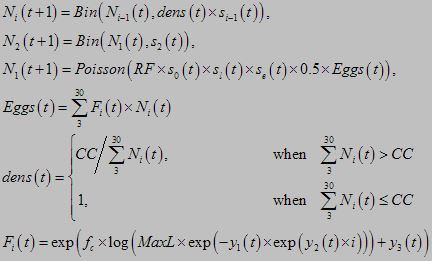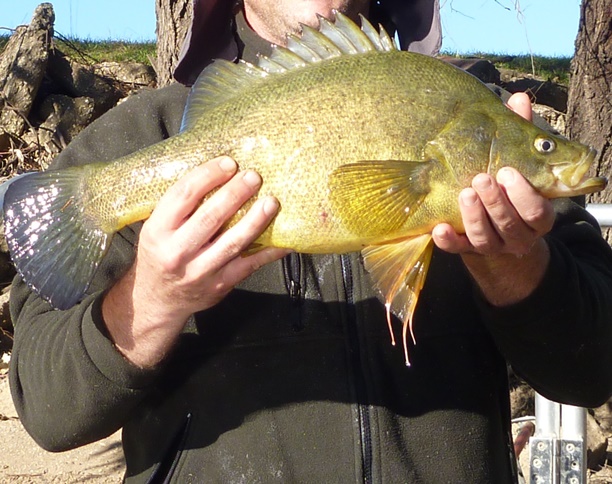River flows, over both short and long time periods, in conjunction with other characteristics such as temperature, have a major influence over fish populations. Natural flows in Australian rivers have been significantly altered over the last 200 years to provide water for irrigation and human consumption. This has been most prevalent in the Murray-Darling Basin (MDB) and as a consequence, native fish numbers have declined to about 10% of those prior to European settlement. Delivering environmental water to improve breeding, recruitment, movement and foraging conditions is a key restoration action for native fishes under the Murray-Darling Basin Plan.
Understanding how fish populations respond to flows is central to planning how best to deliver environmental water. For example, a pulse in river flow at a particular time of year can be a trigger for breeding. ARI is developing fish population models and modelling a range of flow conditions to allow quick exploration of likely outcomes to complex management scenarios. This will enable different management options to be compared so that the benefits to fish can be maximised. Models are based on the latest knowledge and understanding of fish species' lifecycles and their ecological needs.


Population models are currently being developed for eight MDB fishes: Golden Perch, Silver Perch, Murray Cod, Trout Cod, Macquarie Perch, Southern Pygmy Perch, Olive Perchlet and Murray Hardyhead. Many of these species are listed as threatened. The models will also incorporate options for assessing the degree of other impacts on these species, such as catch by anglers, barriers to movement, habitat reduction or cold water releases from dams. The Murray-Darling Basin Authority has provided funding for this work, and will use modelled outcomes to management options to help guide decisions that will contribute to improving conditions for native fish.
For more information contact: john.koehn@delwp.vic.gov.au or charles.todd@delwp.vic.gov.au
Page last updated: 28/03/25